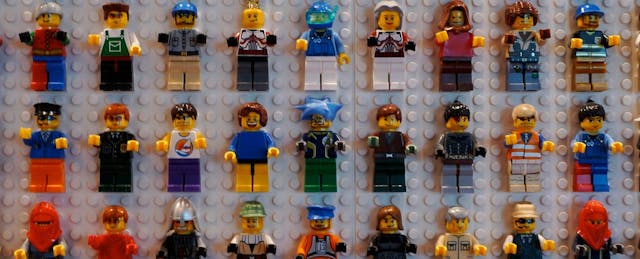It has never been easier to hop onboard the Maker movement. In recent years, the prices of expensive tools, such as 3D printers, have dropped drastically. Project-based learning, as an alternative to the traditional lecture-based instructional approach, has won admirers among academics and teachers as a better way to help students develop 21st century skills. Today there are more makerspaces in schools, and more teachers willing to become part of this community.
But do all students—regardless of background—have the same opportunity to be part of this movement? Sadly, the answer is no. On a panel, “Equity in Making and Creating with Technology,” organized by the Stanford Graduate School of Education, researchers and practitioners explored the importance of broadening access to making and creating technology to underrepresented groups.
Artist-educator Corinne Okada Takara kicked off the event with a lightning talk, inviting the audience to ask students "what did you make today at school?", instead of "what did you do today at school?" Nichole Pinkard, professor at DePaul University and founder of Digital Youth Network, in Chicago, IL, came next to share her experience with Digital Youth Divas, a project that supports middle-school girls in the re-creation of everyday objects with technology. Then, Rafranz Davis, executive director of professional and digital learning in Lufkin, TX, described how she introduced maker activities in a school district that serves kids from different socioeconomic background. Finally, Paulo Blikstein, professor at Stanford Graduate School of Education, talked about the evolution of the Maker movement. EdSurge CEO Betsy Corcoran moderated the conversation.
Here are the four things we learned about equity in the Maker movement after this panel.
1. Equity and diversity will not happen by accident
Including underrepresented groups in the Maker movement is not something that will happen naturally, argues Blikstein. To him, educators should be intentional in creating opportunities so that minorities and low-income students feel a sense of belonging in these spaces.
“These activities should be connected to their identity,” said Pinkard, whose Digital Youth Divas programs teaches girls to design and build bracelets and other jewelry items with electronic circuits and fabric. By creating something they will use, the girls got more interested in the activities.
“We need to ask students which are the problems they want to solve and we, educators, have to make sure we create the spaces for them do it,” said Davis.
2. Maker should not be a nice-to-have activity in impoverished schools
According to Blikstein, there is a common misconception around offering maker activities to low-income students. Some people believe that schools in impoverished areas should focus on provide the basics for students, and offer the “cool stuff”, such as Make activities, only if possible. “It’s the wrong way to think about it,” he is emphatic. Students from underrepresented groups need more incentives and opportunities to discover their passions. "The other kids are going to be fine anyway."
3. Projects should not be limited to classrooms
Through her work with Digital Youth Divas,Pinkard realized the importance of including family in the activities. “I heard fathers say: ‘Now I’m developing a way to talk to my daughters. Mothers come and feel accomplished’,” said the professor. To make sure families have the opportunity to participate, the program takes place on Saturdays.
Beyond including parents, Pinkard is also working to incorporate the community in these projects by creating partnerships with parks and libraries in Chicago.
This idea of blending maker opportunities with real-life activities has a strong supporter in Davis, who believes that it helps to show students the purpose of what they are doing. “You shouldn’t have a maker day. Maker should be a normal part of the way we learn,” she states.


